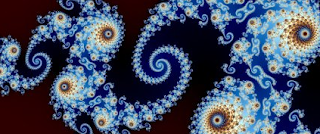Here is a link to my earlier posting of a poem by Jonathan Holden, "Ramanaujan."
I have included elsewhere in this blog several poems by Pablo Neruda
and offer links here: "28325674549," from "The Heights of Macchu Pichu,"
and here are links to my previous postings of two of his poems:
"The Roman Numerals" and "The Giraffe."
At the website Poets.org one may find 38 poems by William Carlos Williams and 11 poems by Pablo Neruda. At PoetryFoundation.org one may find find 27 poems by Pablo Neruda and 120 poems by William Carlos Williams and 15 poems by Ron Padgett.




